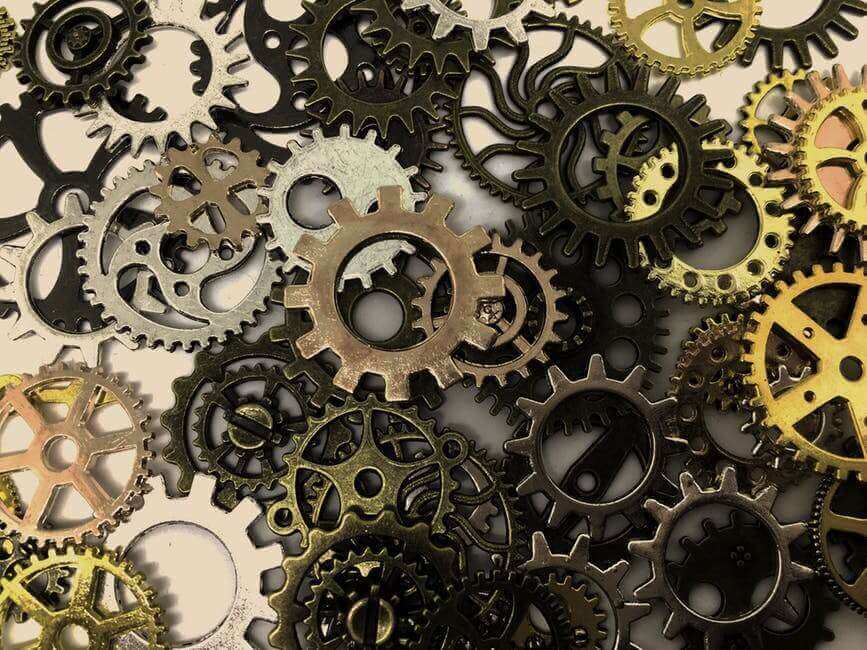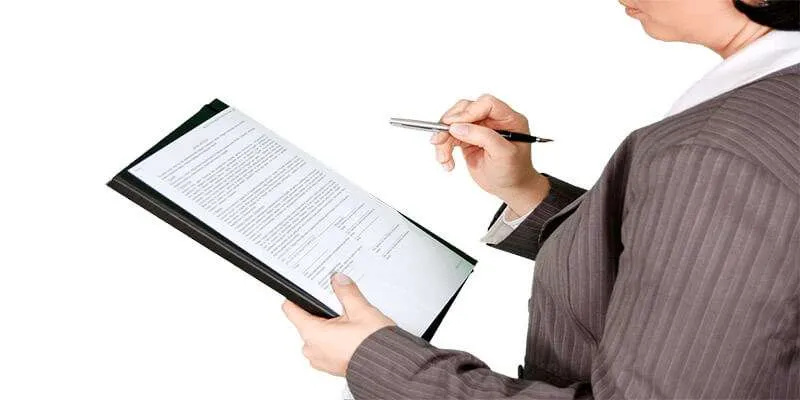What is Traditional Knowledge Digital Library?
Traditional Knowledge refers to perennial practices that have been ingeniously developed, evolved or preserved and utilized overages by local communities. This knowledge exists in a variety of realm such as medicine, agriculture, and is disseminated through stories and rituals or has been percolated through generations by word of mouth. They are basically the intellectual activity that has been evolved across centuries at the community level and is collective knowledge of the entire community. A part of this has been described in ancient classical and other literature codified in ancient scriptures in native language but most of the document is not documented.

Creation of Traditional Knowledge Digital Library
In order to safeguard the traditional knowledge from misappropriation, in 1999, the Department of Ayurveda, Yoga & Naturopathy, Unani, Siddha and Homeopathy-(AYUSH), erstwhile Department of Indian System of Medicine and Homeopathy (ISM&H) constituted an inter-disciplinary Task Force, for creating a Traditional Knowledge Digital Library (TKDL) a database in which traditional medicinal information is digitized with accessibility in five major international languages to patent offices across the globe so that examiner may conduct a patent search to check the novelty of the invention. The project TKDL was initiated in the year 2001.
TKDL is a collaborative project between Council of Scientific and Industrial Research, Ministry of Science and Technology and Department of AYUSH. It is worth mentioning here that India is the first and the only country in the world to have set up an institutional mechanism TKDL to protect its traditional knowledge in order to prevent the grant erroneous patent. TKDL provides information on traditional knowledge existing in the country, in languages and format understandable by patent examiners in International Patent Office, so as to prevent the grant of the erroneous patent. TKDL thus acts as a bridge between the traditional knowledge information existing in local languages such as Sanskrit, Hindi, Arabic, Urdu etc. and the patent examiners at IPO. The project TDKL involves documentation of traditional knowledge resource classification, an innovative structured classification system for the purpose of systematic arrangement, dissemination, and retrieval has been evolved for about 25,000 subgroups against few subgroups that were available in earlier version of the International Patent Classification (IPC), related to medicinal plants, minerals, animal resources, effects and diseases, methods of preparations, mode of administration, etc.

How TKDL Works and its achievements?
The TKDL is available to all patent offices that have signed a TKDL Agreement. Under such an agreement, the patent examiner may use the TKDL for search and examination purposes. Accessibility of entire database in leading international language enables them to easily trawl the database to ascertain the novelty of the invention. Third party submission is another efficient way in revoking of the patent based on the erroneous invention. It could be inferred from the fact that from July 2009 TKDL team has identified 215 patent application pertaining to Indian medicinal system and third-party submission in the form of TKDL evidence have been filed. In two such cases grants have been reversed, in one applicant has modified and in 33 other cases applicant intentionally withdrew the application is expected that in coming months some 179 cases that are currently in balance will either be rejected by EPO, or withdraw by applicant themselves.
Based on the information available at TDKL, website four patents have been successfully revoked at Canadian Intellectual Property Office from September 2010 that too with an average time of 20 weeks from the submission of evidence. Apart from this there is a long list of patents that have been revoked and grant of a patent is hindered at USPTO, and other various patent offices and in many cases the applicant voluntarily withdrew its application and granted a patent. The TKDL has an integrated global biopiracy watch system that allows monitoring of patent application related to Indian medicinal system. It enables effective detection of the attempts to misappropriate this knowledge by third parties filing an application with patent offices around the world. It means that immediate corrective action can be taken and at zero direct cost, to prevent bio piracy. India’s success in safeguarding its traditional knowledge by the creation of TKDL has already influenced many developing countries. Even WIPO (World Intellectual property Organization) has appreciated India’s effort in protecting indigenous Traditional Knowledge. In the recent past India and WIPO partnered and organized a conference for protecting-Traditional_Knowledge which was attended by representatives from 35 countries across the globe.

Need of the database for Traditional Knowledge?
Traditional knowledge may have high commercial value in particular medicinal effect which might be the effective cure for an ailment. Hence, making it the good reason for a corporation and individual to go for patent protection for such knowledge-based invention just to gain the monopoly, here it is pertinent to mention that something that has part of public knowledge in on a region of the world might be totally unknown to other regions. In past, there has been such cases where such knowledge is monopolized and granted a patent, such as patent for wound healing properties of turmeric in 1997 at US patent trademark office (USPTO), antifungal properties of Neem at European patent office (EPO) in 2005 are two such misappropriations of India’s traditional knowledge. And it took 10 years to revoke these frivolous patents apart from the huge money that was spent in the opposition proceedings. On an average, it takes five to seven years and expense between 0.2-0.6 million US dollars to oppose a granted patent. For an invention to be protected under Patents it has to be novel (new) apart from non-obviousness and commercial viability.





